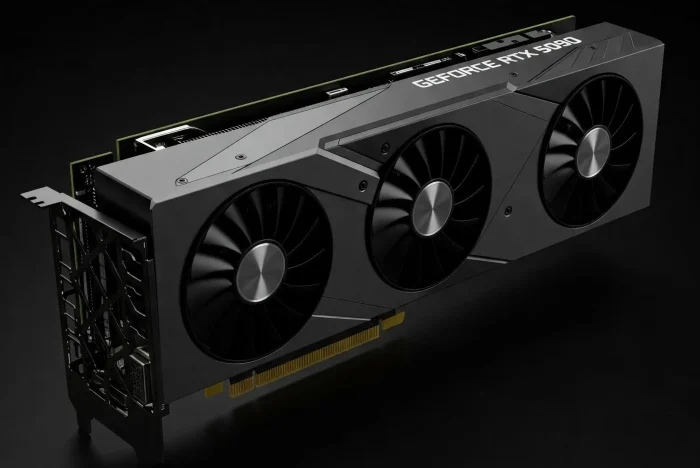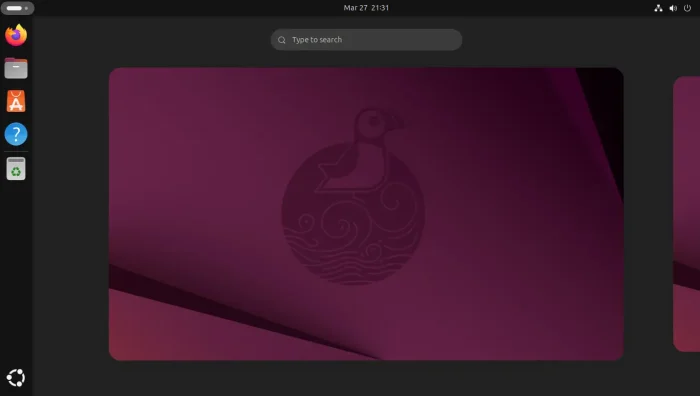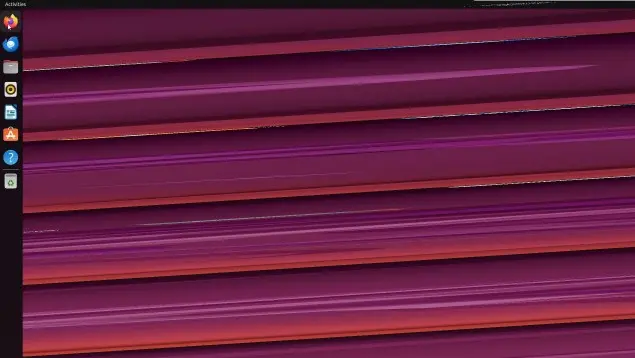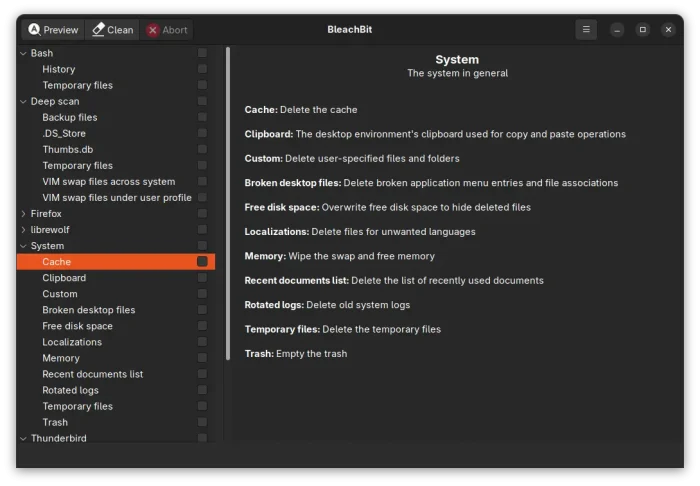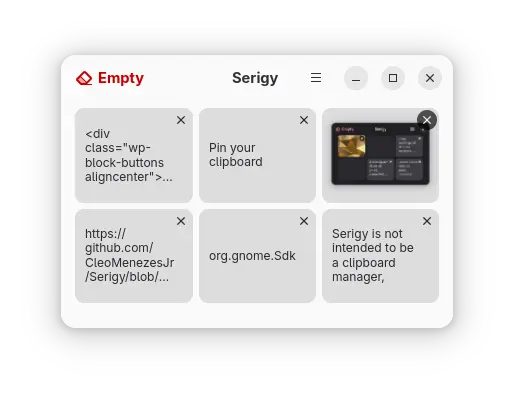For Ubuntu 24.10 users who are going to upgrade to the latest Ubuntu 25.04, the upgrade channel was temporarily suspended due to bugs!
Ubuntu 25.04, code-name Plucky Puffin, is the latest Ubuntu version that was officially released in last week! As Ubuntu 24.10 has only 3 months support, it’s usually recommended to upgrade to the newer Ubuntu 25.04.
UPDATE: All bugs have been fixed! And, the upgrade channel re-opened.
This time, however, it’s better to wait for a few days until the developer team fixed the issues!







